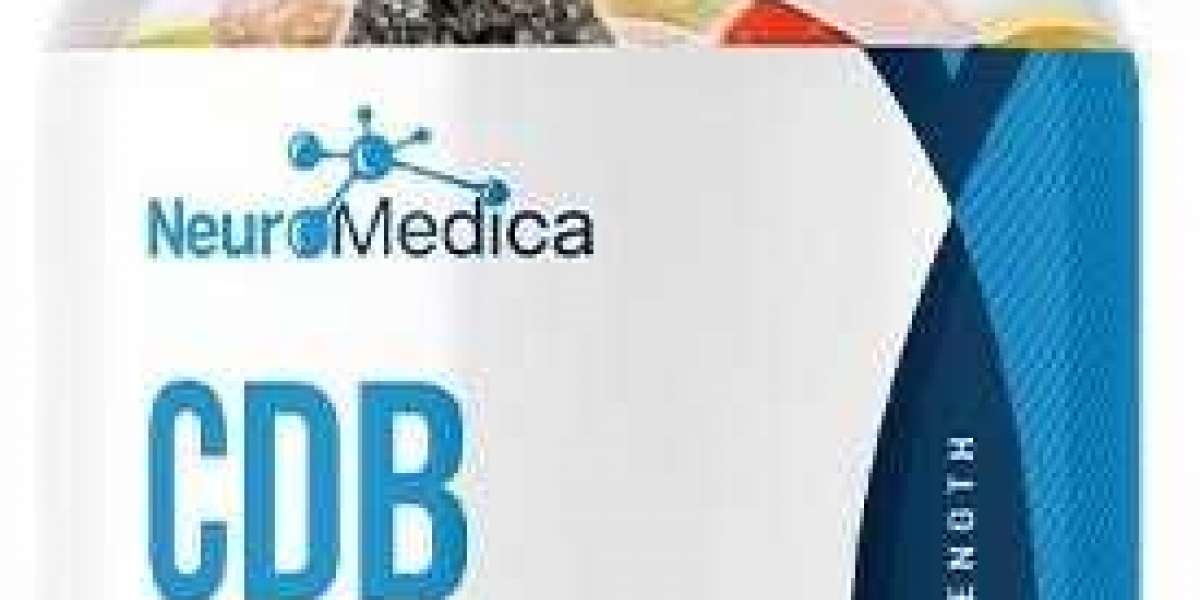A Complete Analysis of the Open Enrollment Options Available for Employees
During open enrollment, employees and individuals revisit, evaluate, and modify their current benefits or enroll in a new one. For example, starting enrollment can be an excellent opportunity to review your life insurance policy. You can even start a new health savings and spending account. Or maybe update your health insurance to reflect changes in your changing medical needs. Understanding how Open enrollment solutions are important to making informed decisions. Especially about your insurance coverage and benefits. Below, read more about how Open enrollment options work.
What is open enrollment?
Employee benefits open enrollment allows small businesses to renew, change, or sign up for group health insurance, allowing employers and employees to assess available options and make informed choices.
Small business owners must provide comprehensive information about their health insurance plans during Open enrollment, allowing workers to explore options, inquire, and adjust coverage accordingly.
Types of Open Enrollment
Open enrollment options are mainly of two types- Active open enrollment and passive enrollment. Let’s discuss the two options in depth-
Active Open enrollment
Using an active benefit enrollment platform gives you the chance to share important information while also encouraging staff members to verify that beneficiary and dependent information, as well as demographic data, are current.
Active Enrollment Benefits
- Active enrollment mandates employees to review and adjust their benefits annually to ensure they are tailored to their current circumstances.
- Employers can now better communicate new benefit options and plan modifications to their staff, leading to increased employee evaluation and reevaluation of their options.
- Actively enrolled participants are more likely to switch from unnecessary perks to more desirable ones.
Drawbacks to Enrolling Actively
HR and benefits teams must invest more time and energy in active enrollments. Small teams or organizations with little funding may find this difficult.
Passive Open Enrollment
Employers use passive open enrollment to ensure workers' benefits coverage, but non-participation can lead to missed updates, plan changes, and unclear enrollment processes.
Pros of Passive Enrollment
- Passive enrollment simplifies business and employee processes by allowing workers to check a "re-selecting" box, reducing administrative work for employers.
- It saves employees the trouble of evaluating their plan options and benefits again by allowing them to roll over their benefits from the prior year.
- All parties save time by using passive open enrollment options.
Cons of Passive Enrollment
- Regularly reviewing vital employee data, such as personal and benefit information, can prevent it from becoming outdated quickly.
- Disregard for changes in plans, benefits, and initiatives can result in lower participation rates in HSAs, voluntary products, and high-deductible plans.
What is included in Open Enrollment?
80% of Americans spend less than an hour researching health coverage, with 90% choosing the same plan during open enrollment. Individual options for health, dental, and vision insurance are available, and tax-benefit opportunities can be taken advantage of.
Health care: During open enrollment, you can choose a health insurance package that suits your needs. Preferred Provider Organizations use health insurance enrolling software to offer discounts to insured individuals, allowing you to visit within a network but still receive coverage from out-of-network providers.
Dental and Vision: Selecting supplementary plans like dental and vision can save tax-free money in HSAs or FSAs, tax-advantaged accounts. These accounts allow you to save on medical costs, such as glasses or contact lenses. They offer different provider networks and service levels, with different prerequisites.
HSA: A tax-exempt financial account can be used to save for qualified medical expenses, with a high deductible health plan required. HSAs are portable, never expiring, and the IRS determines the annual contribution cap.
Disability Insurance: Employers often offer disability plans, including short-term and long-term disability, paid leave, workers' compensation, and long-term care insurance, covering chronic illnesses treated outside of hospitals.
Benefits of Registering for Benefits
Employee benefits software solutions have several benefits for both businesses and employees.
These are a few competitive benefits for employees:
- Recruitment and retention of employees
- Morale and happiness among employees
- Well-being and health
- Benefits of taxes
- Adherence to the law
- An edge over competitors
How to select a platform for enrolment in employee benefits?
Employers and employees may be impacted by the choice of employee open enrollment software. The following important factors will assist you in choosing the best configuration for your company:
- Recognize your needs
- Usability
- Combining HR systems with integration
- Options for customization
- Mobility on a mobile device
- Features of communication
- Instruments for decision support
- Observance and safety
- Analytics and Reporting
- The ability to scale
- Reputation and assistance of vendors
- Expense factors
- Training and assistance for employees
- Mechanism of feedback
Conclusion
Human resources professionals can streamline open enrollment options by conducting year-round preparation, including consulting with administrators, researching other companies, conducting employee surveys, and providing necessary materials and communication.
For more details: https://www.a3logics.com/blog/a-complete-analysis-of-the-open-enrollment-options-available-for-employees/







